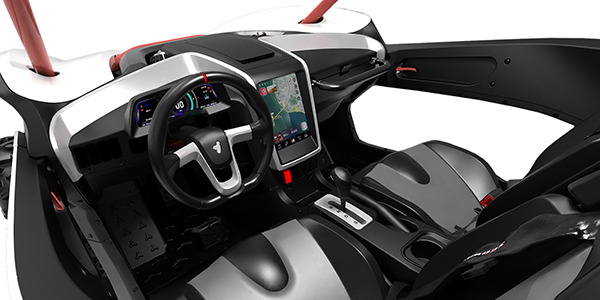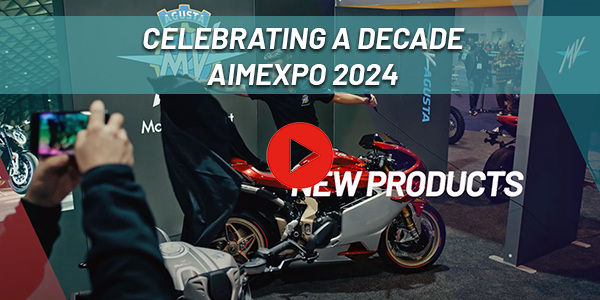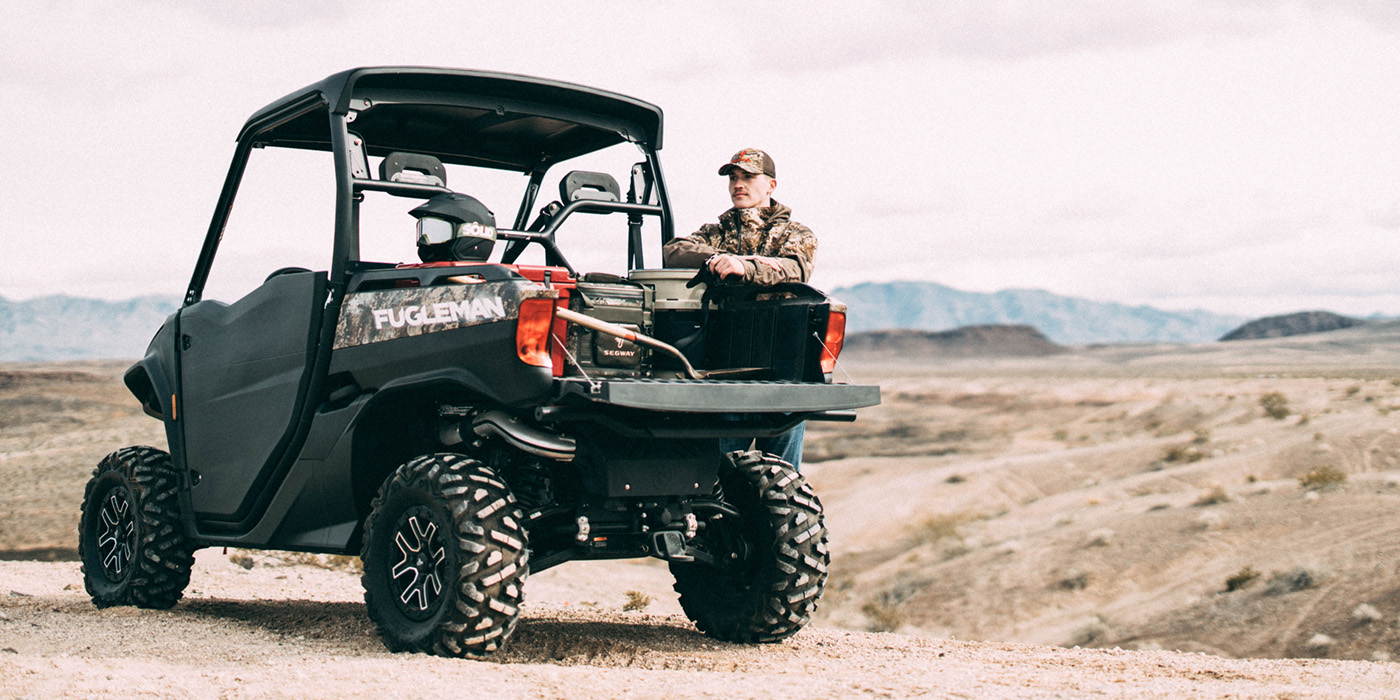In recent years, with advancements in the auto industry working their way down to powersports, technology has been enhancing the off-road experience for everyday users. For instance, the desire for accurate and reliable navigation systems specifically designed for off-road use as well as touchscreen interactive systems similar to what you might have in an everyday driver have become increasingly popular.
To that end, the off-road community’s constant pursuit of innovation and improvement has recently driven the development of new and exciting technologies tailored for its specific needs and preferences, such as GPS, security alerts, Bluetooth connectivity and real-time data transmission between vehicles and apps. In fact, riders are demanding not just data collection and analysis from these apps anymore but also custom performance features. Take the Segway Smart Moving App, for example, where riders can adjust their electronic power steering settings between three different modes: Comfort, Standard and Sport.
Soon, other features from the automotive industry are likely to make their way down into ATVs and UTVs as well. Gabriel Cruz, marketing director of Segway Powersports, hints, “There have been some rumblings about a reverse camera coming stock on some of our future product. We will have to wait and find out together.”
However, according to Mark Zhu, president of Segway Technology Inc., the main focus for his company over the next few years will be on a new power system, including new energy technologies, such as hybrid power and pure electric power. At the same time, Segway still plans to focus on augmenting the user-interactive experience with improved technology integration in its off-road vehicles.
“We have been working to enhance and develop an electric drivetrain that will cater to the specific needs of the off-road market. We have been working through performance testing and are considering commercial development,” Zhu reveals.
Zhu believes that under the conditions of existing technology, pure electric drivetrains will bring a different user experience, albeit in a limited area. However, due to the weight of the batteries, the availability (or lack thereof) of outdoor charging as well as range anxiety, the usability for electric ATVs and UTVs may be limited.
“There are certain niche markets and user scenarios in which we believe a pure electric drivetrain vehicle will thrive. Therefore, Segway is also doing pure electric technology research and has completed the performance testing of UTVs,” Zhu states, noting that these drivetrains will also be a power supplement for ATVs.
Designing an electric ATV/UTV isn’t just a matter of swapping out an engine for an electric drivetrain. Since most of an internal combustion engine is positioned either in front of or behind the cab/seat, whereas electric drivetrains are situated primarily underneath the vehicle, this change in design not only affects the weight and balance of the vehicle but also brings up concerns about mitigating damage to the underside of a vehicle when off-roading.
“It is necessary to ensure continuous power output without adding too much weight to the vehicle, which will affect the overall driving control,” Zhu explains. “At the same time, off-road conditions and scenarios must be taken into consideration, such us complex climate environments and terrain instability.”
So for now, Segway, at least, is focusing on releasing a hybrid vehicle before announcing a fully electric one — but the wait won’t be long.
“We are excited to continue to push the boundaries. As a company, we have our eyes set on introducing the first-ever hybrid vehicle to the off-road market,” Cruz says. “Initially, Segway entered the powersports space by announcing a hybrid, but just like the Segway name, we hold ourselves to a high standard, and we want to ensure every product we introduce to the market has been thoroughly tested. With that being said, the wait is just about over. We are excited for what is to come in just the near future.”
Segway expects to showcase a full production model of its enhanced hybrid powertrain off-road vehicle at the Milan Motorcycle Show (EICMA) later this year, but mass production could take up to another year to ensure for quality.
These technologies are just some examples of what lies on the horizon for off-road vehicles. But given the automotive roadmap we have, the future looks bright for more to come.
This article is sponsored by: Segway Powersports















